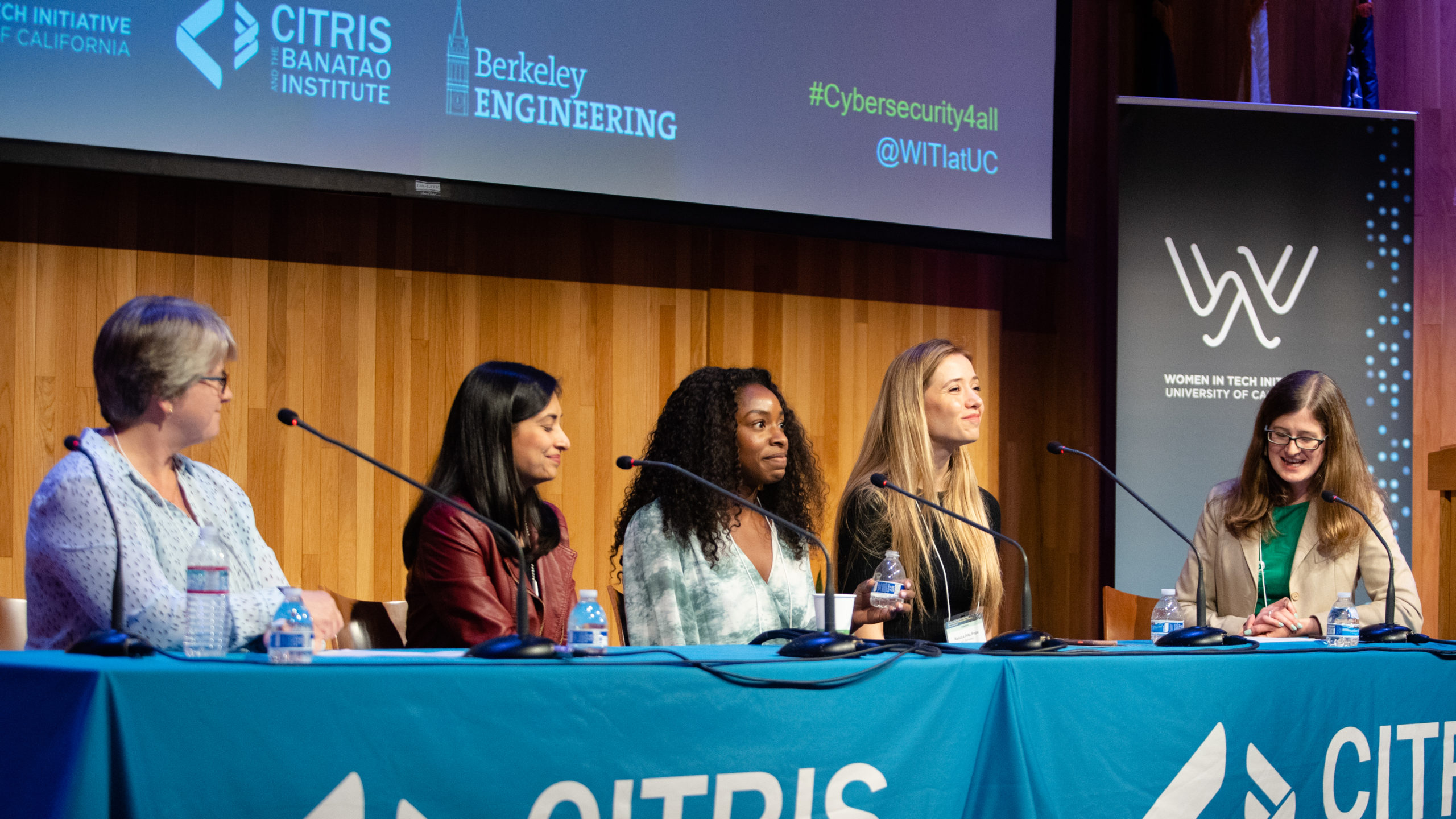About
EDGE in Tech at the University of California (EDGE in Tech) is committed to addressing the challenges faced by women and other under-included identities in engineering and computer science fields by serving as a trusted center and resource that integrates research with action.

The Challenge
IT-using and IT-producing industries generate nearly all economic productivity growth in the U.S. economy. Despite significant efforts to increase the enrollment and graduation rate of women in STEM disciplines, the persistently high attrition rate of female engineers in industry – as high as 41%, versus 17% for male engineers – is a looming threat to the future of the U.S. economy, as well as to women’s professional growth and personal satisfaction.
A recent large-scale longitudinal study, of which ~2/3 of the study sample were graduates in computer science or engineering, indicated that women are more likely to exit STEM careers than non-STEM careers. More than 30% of the attrition in STEM occurs during the first four years after joining the workforce. In fact, half of young women will leave their tech job by age 35 per the 2020 Resetting Tech Culture Report. According to a Kapor Center Tech Leavers Report, underrepresented women of color were significantly more likely to cite unfairness as a reason for leaving than white and Asian women (36% versus 28%), and LGBT employees were the most likely to be bullied (20%) with 64% saying it contributed to their decision to leave.
Negative workplace experiences have been found to be the most significant reason for women to leave engineering careers, contrary to long-held beliefs that personal reasons such as self-confidence and work-life balance have been the main causes. Multiple reports have indicated that engineering and technology workplaces provide and/or result in:
- Fewer opportunities for development, training, and mentorship on the job for women as compared with men during the early career stage
- Additional challenges for women technologists due to workplace climate
- Lower patenting rates among women technologists
- Lower rate of advancement in line jobs for women (Nearly one-third of underrepresented women of color were passed over for promotion, more than any other group.)
- Lower participation of women in formal and informal professional networks
Studies have also found that a gender gap has continued to prevail in academia.
- Lower participation of the senior faculty by women: ~24% versus 12% in junior versus senior engineering and computer science faculty
- Lower promotion rates: 55% lower chance of getting tenure for women versus men in computer science faculty members with the same research productivity.
- Fewer citations for engineering papers with women co-authorships despite publishing in slightly more prestigious journals
- Biased student evaluations of teaching by women professors
Despite improvements, progress towards closing the gender gap at leadership levels has continued to be slow.
- Women still only make up 8.5% of the National Academy of Engineering’s membership.
- Only 20% of appointments to boards of 100 technology companies to go public in the last 3 years were women.
- Female scientific founders or co-founders only make up 11% among over 6,000 startups based on university-generated intellectual property.
In Response
In 2017, CITRIS and the Banatao Institute and the UC Berkeley College of Engineering came together to launch the Women in Tech Initiative at the University of California building on the prior efforts of Tsu-Jae King Liu and Camille Crittenden, both of UC Berkeley. In March 2021, the program changed its name to the Expanding Diversity and Gender Equity in Tech (EDGE in Tech) to better reflect efforts to address intersectionality and more nuanced barriers to equitable participation in tech.
The EDGE in Tech at the University of California (EDGE in Tech) is committed to addressing the challenges faced by women and other under-included identities in engineering and computer science fields by serving as a trusted center and resource that integrates research with action.
Interdisciplinary research findings will guide our work in:
- Promoting and sustaining the career growth of a diverse group of technologists: reducing attrition, supporting career growth in line jobs, increasing technology leadership roles for BIPOC and women in industry and academia
- Increasing access to a range of technology workplace settings: established tech companies as well as startups
- Facilitating and documenting improvements within companies: metrics & measurement, reporting organizational progress
- Coordinating programs (collaboration among the top educational institutions that supply talent to the tech industry in Silicon Valley: the University of California campuses, Stanford University, San Jose State University).
